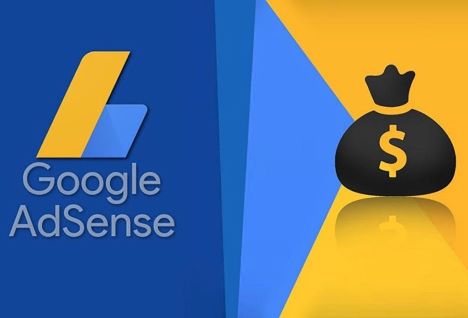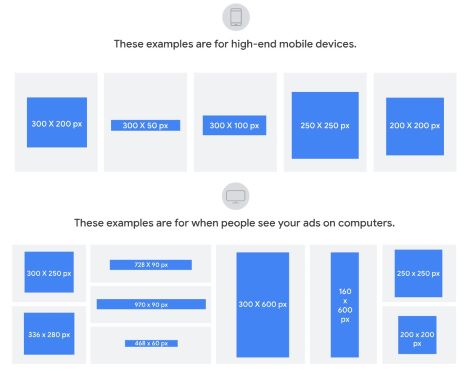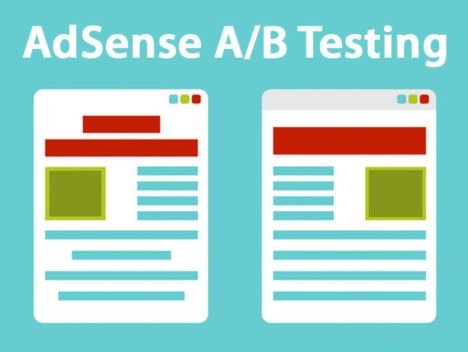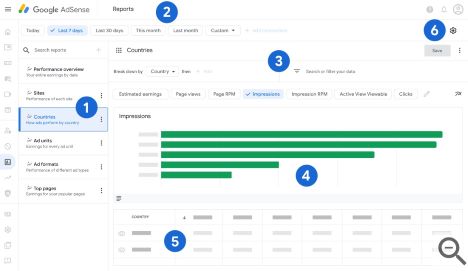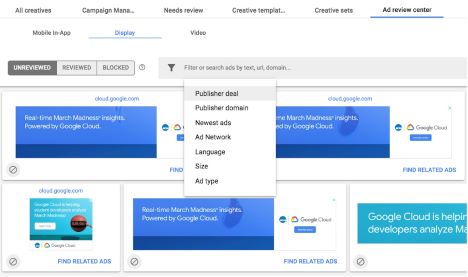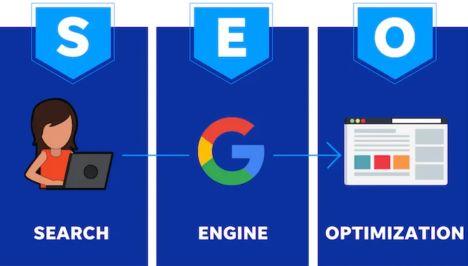20 Expert Tips to Maximize Google AdSense Ad Revenue
In today’s digital landscape, maximizing revenue through online platforms has become a paramount objective for content creators, bloggers, and website owners. Google AdSense stands as a beacon in this pursuit, offering a streamlined and accessible way to monetize web traffic by displaying targeted ads. However, while integrating Google AdSense might seem straightforward, optimizing its potential requires a strategic approach.
Here are 20 proven tips to boost your Google AdSense ad revenue and propel your online earnings to new heights.
1. Understand Your Audience
The cornerstone of a successful AdSense strategy lies in understanding your audience. Knowing their preferences, demographics, and browsing behavior empowers you to tailor your content and ad placement accordingly. Dive into your website analytics to gather insights into your audience’s interests and optimize your ad categories to align with their preferences. This alignment enhances the relevance of ads displayed, increasing the likelihood of user engagement and higher click-through rates (CTRs).
2. Leverage Responsive Ad Units
In an era dominated by diverse screen sizes and devices, responsive design is non-negotiable. Ensure your website is optimized for mobile and desktop by utilizing responsive AdSense ad units. These dynamically adjust to fit the available space, delivering a seamless user experience across devices and improving the chances of ad visibility and interaction.
3. Optimize Ad Placement
Strategic ad placement can significantly impact your AdSense revenue. Experiment with different ad formats and positions to identify what works best for your website. Generally, placing ads above the fold (visible without scrolling) tends to garner more attention, but avoid overwhelming visitors with excessive ads that compromise user experience.
4. Blend Ads with Content (But Maintain Clarity)
Seamlessly integrating ads within your content streamlines the user experience and enhances ad visibility without disrupting the flow of your website. However, maintaining a clear distinction between ads and organic content is crucial to preserve user trust and comply with AdSense policies. Use contrasting colors or subtle borders to distinguish ads from your site’s content.
5. A/B Test Ad Formats and Styles
Never settle for a single ad format or style without testing alternatives. Conduct A/B tests to compare different ad formats, sizes, colors, and placements. This iterative approach allows you to gather data-driven insights and optimize your ad strategy based on performance metrics such as CTR and RPM (Revenue Per Thousand Impressions).
6. Focus on High-Performing Pages
Not all pages on your website generate the same level of traffic or engagement. Identify your high-performing pages-those with substantial traffic or longer average session durations-and prioritize them for strategic ad placement. By capitalizing on these pages, you can maximize the impact of your AdSense ads and boost overall revenue.
7. Regularly Review Ad Performance
Continuous monitoring and analysis of your ad performance are pivotal for refining your AdSense strategy. Use Google AdSense’s reporting tools to track metrics like CTR, RPM, and user behavior. Analyzing this data unveils patterns, allowing you to make informed decisions about ad optimization and content adjustments.
8. Opt for Text and Image Ads
Diversify your ad formats by enabling both text and image ads. Text ads offer flexibility and blend well with various content types, while image ads tend to capture attention more effectively. Providing both options increases the pool of available ads, potentially boosting competition and driving up ad rates.
9. Utilize the Ad Review Center
Google AdSense’s Ad Review Center empowers you to have greater control over the ads displayed on your website. Take advantage of this tool to review and approve ads before they appear on your site. By filtering out irrelevant or low-performing ads, you enhance user experience and increase the chances of displaying higher-paying advertisements.
10. Enhance Page Load Speed
User experience heavily depends on page load speed. Slow-loading pages can deter visitors and adversely affect ad performance. Optimize your website’s speed by compressing images, minifying code, and leveraging caching techniques. A faster website not only pleases visitors but also positively impacts your ad viewability and revenue potential.
11. Implement Ad Blocking Detection
Ad blocking software poses a challenge for AdSense publishers, potentially reducing ad impressions and revenue. Implementing ad blocking detection scripts can prompt users to disable ad blockers or subscribe to an ad-free experience for a fee. This approach helps recover lost revenue from users employing ad blocking software.
12. Create Quality Content
Compelling, high-quality content forms the foundation of a successful AdSense strategy. Engaging content not only attracts more visitors but also encourages prolonged engagement, increasing the opportunities for ad interaction and revenue generation. Prioritize creating valuable, relevant, and original content that resonates with your audience.
13. Explore Different Ad Sizes
Experimenting with various ad sizes allows you to identify which formats perform best on your website. While standard sizes like the leaderboard (728×90) and rectangle (300×250) are popular choices, exploring less common sizes might uncover hidden opportunities for higher CTRs and increased revenue.
14. Stay Compliant with AdSense Policies
Adhering to Google AdSense policies is non-negotiable. Violations can lead to penalties, ad serving limitations, or even account suspension. Familiarize yourself with AdSense policies and ensure your website, content, and ad implementation comply with these guidelines to safeguard your revenue stream.
15. Optimize for Search Engines
Improving your website’s search engine optimization (SEO) can indirectly bolster your AdSense revenue. Higher search engine rankings attract more organic traffic, expanding your audience and potential ad impressions. Focus on optimizing keywords, meta tags, and content structure to enhance visibility and attract relevant visitors.
16. Test Different Ad Colors
The color scheme of your ads can significantly impact user engagement. Experiment with different ad color combinations to find the most effective ones for your audience and website design. A color scheme that complements your site’s aesthetics while drawing attention to the ads can boost CTR and ad performance.
17. Implement URL Channels
URL channels in Google AdSense allow you to track the performance of specific pages or sections of your website. By creating channels for different sections or individual pages, you gain granular insights into ad performance. This data-driven approach helps you tailor your ad strategy based on the performance of specific segments of your website.
18. Utilize AdSense for Search (AFS)
AdSense for Search enables you to integrate a custom Google search engine into your site’s search functionality, displaying ads alongside search results. Implementing this feature not only enhances user experience but also presents additional opportunities for ad clicks and revenue generation within search queries.
19. Engage in Continuous Learning
The digital landscape is ever-evolving, and so is the world of online advertising. Stay updated with industry trends, algorithm changes, and AdSense updates through blogs, forums, and official Google resources. Continuous learning equips you with the knowledge to adapt your strategies and stay ahead in the game.
20. Diversify Revenue Streams
While Google AdSense can be a lucrative revenue stream, it’s wise not to rely solely on it. Explore other monetization avenues such as affiliate marketing, sponsored content, or selling digital products. Diversifying your revenue sources mitigates risks and expands your earning potential beyond AdSense.
By implementing these strategies and continually optimizing your approach, you can effectively increase your Google AdSense revenue. Remember, success with AdSense often involves a combination of experimentation, data analysis, and a deep understanding of your audience.
Tags: advertising, google, google adsense, online income



